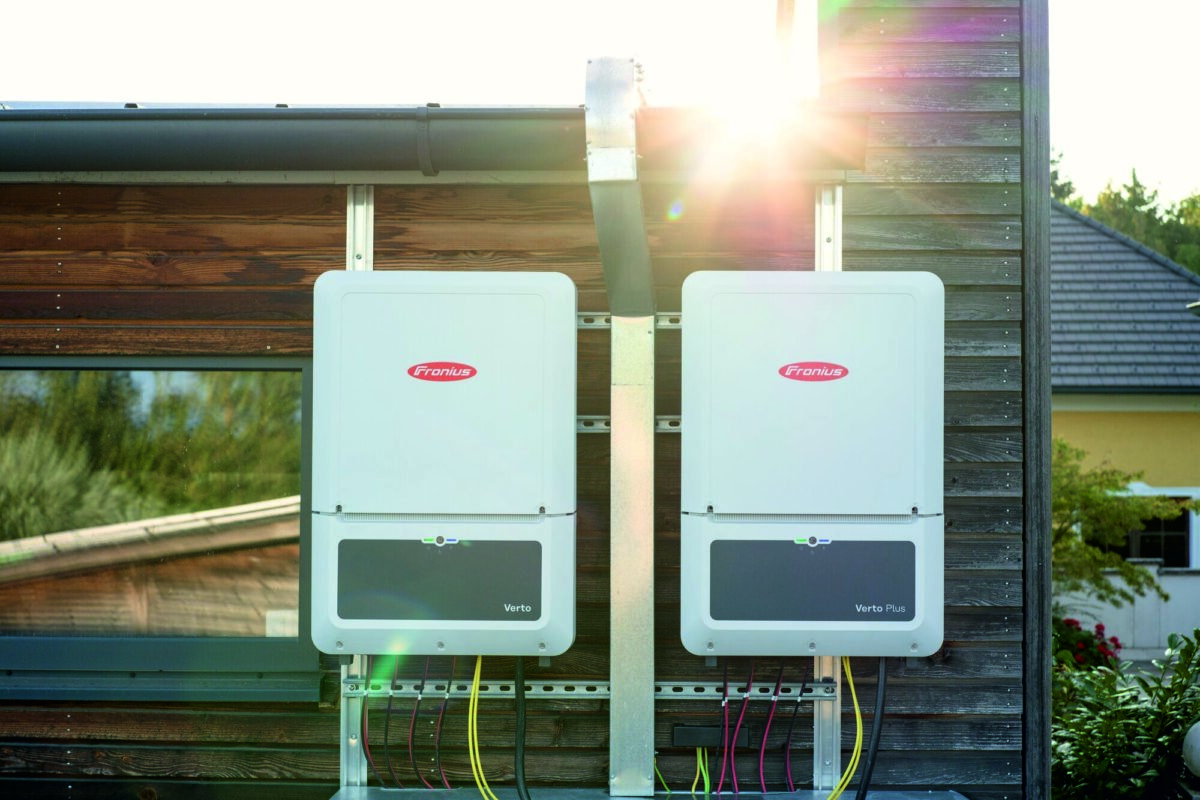Researchers at the Middle East Technical University (METU) in Turkey have developed water-based electrically conductive adhesives (ECAs) designed specifically for shingled PERC-type solar cells.
Shingled panels feature a busbar-free structure in which only a small proportion of cells are not exposed to sunlight. The cells are bonded with electrically conductive adhesive to form a shingled high-density string and the resulting strips are connected. The reduced number of busbars reduces shadowing losses.
“Unlike conventional solvent-based adhesives that emit volatile organic compounds (VOCs), the newly formulated adhesive is entirely water-based, offering a green and safe alternative for photovoltaic manufacturing,” the research's lead author, Husnu Emrah Unalan, told pv magazine. “By using silver micro-flakes, biodegradable additives, and optimized surfactants, the formulation achieved volume resistivity of 22 μΩ/cm at a film thickness of 25 μm, an adhesive yield stress of 4.8 MPa, and a 0.4% absolute increase in power conversion efficiency compared to a commercial reference adhesive.”
In the paper “Waterbased electrically conductive adhesive for PERC-type shingled solar cells,” published in Solar Energy Materials and Solar Cells, the research team described the novel ECA as a water-based system incorporating Ag micro-flakes as the conductive filler, with the primary components being an unspecified environmentally friendly binder system, dispersants, and rheology modifiers.
The binder was chosen due to its organic, water-soluble, biodegradable, and environmentally friendly properties, the academics said, without providing further details.

“The specific formulation of the electrically conductive ink used in this study is currently the subject of a pending patent application, and detailed composition information cannot be disclosed at this time,” they added. “All other materials and processing parameters will be described to the extent necessary to ensure reproducibility of the methods used in this study, while proprietary details remain protected.”
The scientists validated the performance of the ECA through full outdoor testing at the METU-GÜNAM photovoltaic module outdoor test field in Ankara, Turkey, with real-world tests confirming the adhesive’s electrical and mechanical reliability over time.
They applied the ECAs via direct ink writing (DIW) with a 27-gauge nozzle with an inner diameter of 0.21 mm to carry out deposition and control adhesive distribution. For two interconnected strips, they used 0.1 g of ECA, while for a full set of 15 pairs of strips, the total ECA consumption was 16 g.
The validation process showed that the ECA offered homogeneity, high packing density, and the desired rheological properties for PV applications. It was also found to provide high-strength adhesion without forming porosity and agglomeration in microstructure, which the researchers said is key to achieving good performance in solar cell interconnections.
“This development represents an important step toward sustainable solar panel assembly and holds promise for integration in flexible electronics, wearable devices, and green electronic manufacturing lines. Commercialization processes of the conductive adhesive continue at spin-off company, Nanovatif Material Technologies,” Emrah Unalan concluded.
This content is protected by copyright and may not be reused. If you want to cooperate with us and would like to reuse some of our content, please contact: editors@pv-magazine.com.




By submitting this form you agree to pv magazine using your data for the purposes of publishing your comment.
Your personal data will only be disclosed or otherwise transmitted to third parties for the purposes of spam filtering or if this is necessary for technical maintenance of the website. Any other transfer to third parties will not take place unless this is justified on the basis of applicable data protection regulations or if pv magazine is legally obliged to do so.
You may revoke this consent at any time with effect for the future, in which case your personal data will be deleted immediately. Otherwise, your data will be deleted if pv magazine has processed your request or the purpose of data storage is fulfilled.
Further information on data privacy can be found in our Data Protection Policy.